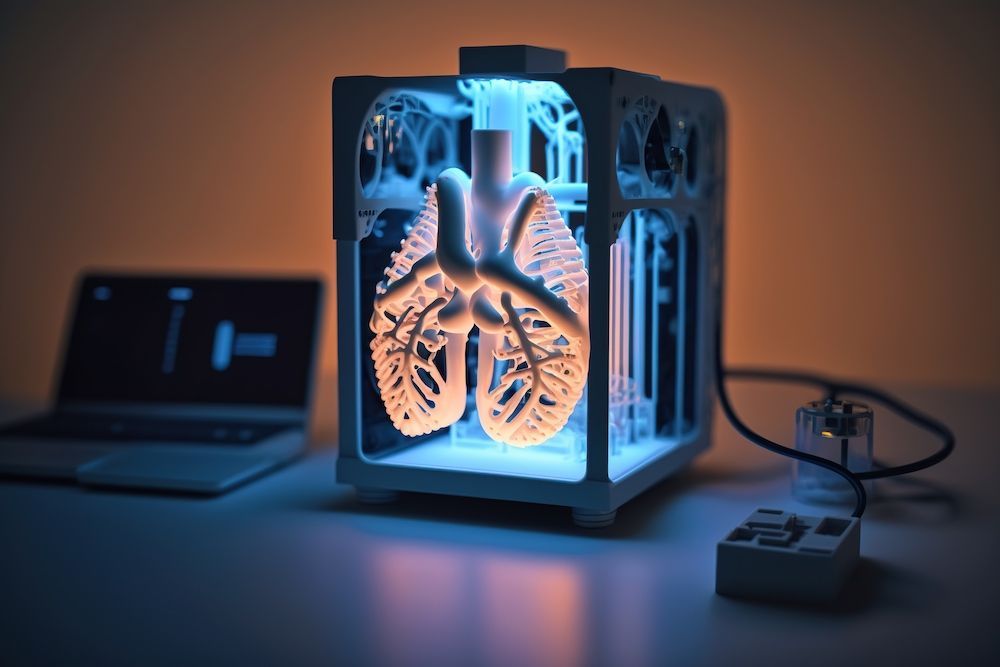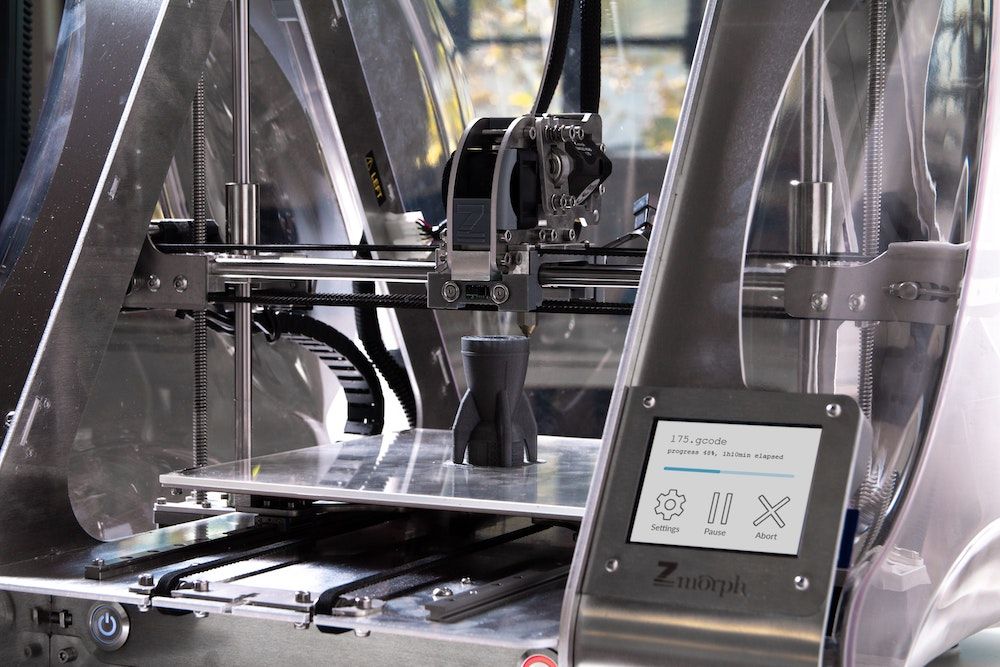In the ever-expanding field of medical simulation, the newest technologies available are often flaunted as the “Next Big Thing” for medical education. Innovations from minor medical simulation teaching tools to full-body human simulators seem to happen every week. And while these innovations are exciting and have great potential, sometimes the advertisements for healthcare simulation innovations outpace the reality of their implementation. The same is true for every fidelity level of the medical simulator and any innovations that feed into the larger healthcare simulation paradigm. Most notable and to this point would be the escalating promises of 3D printing for use in medical simulation. While 3D printing does have a place or places within the healthcare simulation realm, the overall understood concept of additive manufacturing is superfluous to reality. This HealthySimulation.com article by Kirk Atkinson, Senior Simulation Operations Specialist at UT Southwestern, discusses the opportunities of additive manufacturing through 3D printing in medical simulation.
Manufacturing Industry Expands Use of Realistic 3D Printing
One can easily come across examples of, or literature on, those high-detail 3D printed models in multi colors. There are plenty of examples of the full range of capabilities that all additive manufacturing offers. And at the surface level, this is what most who are unfamiliar with additive manufacturing would see those fancy and high-end examples and take that as 3D printing’s face value. A face value such as this, held by everyone outside of the actual print processes, leads to an unobtainable perception of additive manufacturing placed upon many healthcare simulation programs looking to get into or are already into 3D printing.
Most healthcare simulation programs do not have $100k to spend toward sophisticated additive manufacturing technology. However, there is more likely to be some room in the budget of most healthcare simulation programs for a $200 or $1k 3D printer. These printers, referred to as “affordable printers”, have a wide range of uses and capabilities for even a beginner simulationist.
The truth is that those industrious and brave few who have looked past the shiny perceptions and have done some research have found plenty of uses for 3D printers within healthcare simulation. Most notable would be the use of the 3D printer in the production of molds and anatomical models, which can be used in molds. These are the widest accepted uses for a 3D printer within medicine. From simple molds to complex anatomical proxies used in the approach plan for a complicated surgery, these 3D print types are what medicine sees when 3D printing is thought of.
A practice for additive manufacturing that is slowly becoming more commonplace in manufacturing small-scale component fixes (parts for manikins, task trainers, and AV equipment). This particular use for 3D printing is not the first thought that comes to mind when a medical simulation component fails, but the DIY method is gaining traction amongst the simulationist’s pack. Plastic pieces in manikins and task trainers break all the time, and the only options available were to purchase a new part, a new simulator, or send the device in for repair. Repairing a broken component has been part of simulation operations. Still, the practice struggled to walk a steady path because if someone attempted a repair outside of the original manufacturer’s components, the repair would usually not perform at 100%. 3D printing gives the healthcare community a new option, manufacturing an exact component replica and fixing the simulator internally.
3D Printing can be leveraged in prototype fabrication. A plastic part is cheaper than metal or carbon fiber. 3D printing for a practical object is creation and innovation. Examples of 3D printing creations and innovations in medical simulation include the simulated glucometer made out of simple components and a 3D-printed shell.
3D printing in medical simulation has a standing that may only be seen by visionaries. That standing is the possibility of selling the digital file for replacement parts so those parts can be manufactured in the simulation center. This practice would be limited in scope but would reduce downtime and almost eliminate the need to ship back and forth from a repair depot on a minor mend. This idea is catching serious attention in the American manufacturing community for components in various industries, and that same reality is on the horizon for the medical simulation industry.
View the HealthySimulation.com LEARN CE/CME Platform Webinar 3D Printing for Healthcare Simulation: Advantages and Limitations to learn more!
The Benefit of Getting Started with 3D Printing in Medical Simulation
By introducing 3d printing benefits to clinical simulation program administration and key clinical faculty, the more willing departments will be to explore the concept for pilot project investment. Honest conversations about the real requirements of working with 3d printing, like any new technology, should be discussed completely. [But always start with and focus on the benefits! – EIC]. The more knowledge a healthcare simulation program has about the reality of 3D printing, the greater the ability of that program to reel in and manage any expectations that will come with additive capabilities. For any healthcare simulation program looking to wade into 3D printing, the management of expectations is a positive.
The starting point for 3D printing should be small, with a steady build to greater capabilities over time. The additive industry is much like the car industry in that designs and capabilities are ever-evolving and ever-improving. 3D printing, much like driving a car, once the skill is learned, that skill can be translated over to other additive platforms with little practice and some guidance.
3D printing has and will enable medical simulation creators to make ideas come to life faster and more affordable than ever without the initial barrier that typically comes with attempting innovation. Namely, costly manufacturing tools are required to bring something from seemingly nothing. 3D printing can help any healthcare simulation program achieve great things and bring on innovation; the key is knowing additive manufacturing’s place within that program for where to start.









